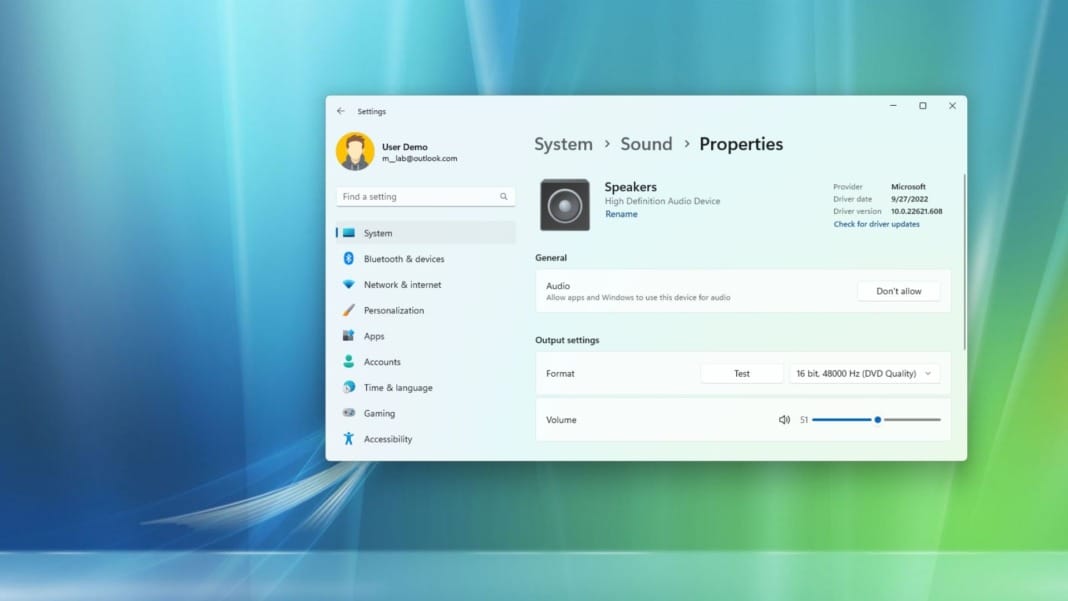Microsoft has introduced LE Audio support in Windows 11, promising a significant improvement in Bluetooth audio quality for gaming and voice calls. The new feature is built on the Bluetooth Low Energy standard and uses advanced audio compression to deliver clearer sound compared to the older Bluetooth Classic technology.
Enhanced sound quality for gaming and calls
The introduction of LE Audio is designed to address one of the biggest frustrations with Bluetooth headsets: muffled sound during calls or in-game chat. According to Mike Ajax, principal programme manager lead at Microsoft, “When using an LE Audio device with a Windows 11 PC that supports super wideband stereo, the switch into game chat no longer causes an abrupt drop in audio quality.”
This means that game audio will remain in stereo and stream at super wideband quality, offering a richer and more immersive experience. LE Audio operates at a 32kHz sample rate when using voice applications such as Microsoft Teams or Discord, replacing the older Hands-Free Profile (HFP) and Advanced Audio Distribution Profile (A2DP) used in Bluetooth Classic. HFP relied on an 8kHz sample rate, which often resulted in compressed and unclear audio.
Most modern Bluetooth headsets already support the improved audio compression needed for “wideband” or “super wideband” voice. With Windows 11’s LE Audio update, users can finally take advantage of these improvements across games, calls, and conferencing platforms.
Teams support and spatial audio integration
The LE Audio upgrade also benefits Microsoft Teams users, particularly those who rely on Bluetooth headsets for their audio needs. Teams already offers Spatial Audio for wired devices, but until now, Bluetooth headsets have not been able to take advantage of the feature due to limited stereo support. The new super wideband stereo capabilities introduced through Bluetooth LE Audio enable Spatial Audio on Teams, allowing for a more realistic and engaging sound experience.
Users can activate Spatial Audio in Teams by adjusting the audio settings in the Windows client. This new feature is expected to be especially valuable for remote workers and professionals who depend on Teams for virtual meetings and collaboration.
Device compatibility and rollout plans
To use LE Audio, both the Windows 11 PC and the Bluetooth headset must support the feature. Users will also need the latest drivers and the Windows 11 24H2 update. Microsoft has confirmed that driver updates for existing PCs will roll out later this year.
Looking ahead, the company expects that “most new mobile PCs that launch starting in late 2025 will have support from the factory,” ensuring that LE Audio becomes a standard feature across future devices.
For those eager to experience the improvements sooner, checking for hardware compatibility and updating to the latest Windows version will be essential.




